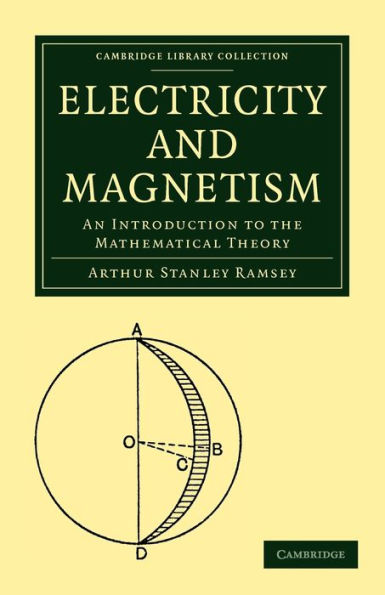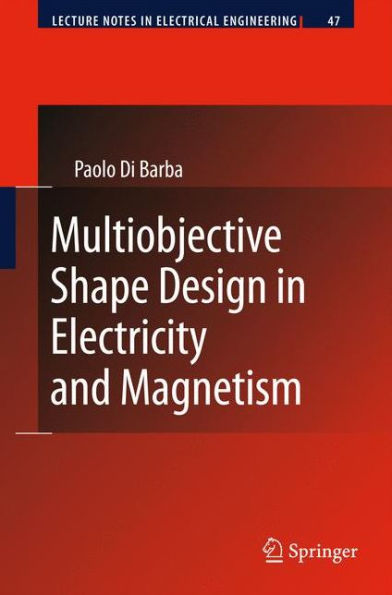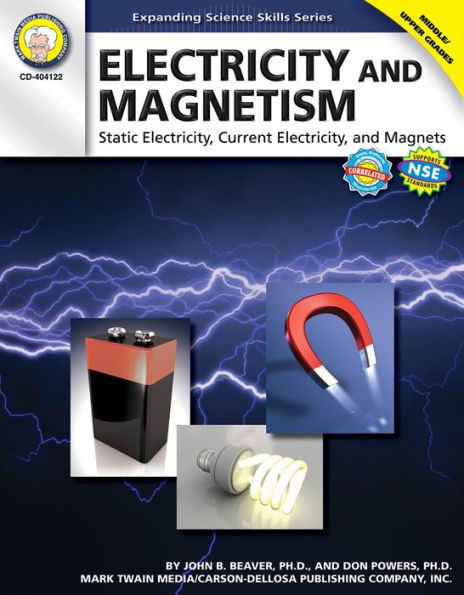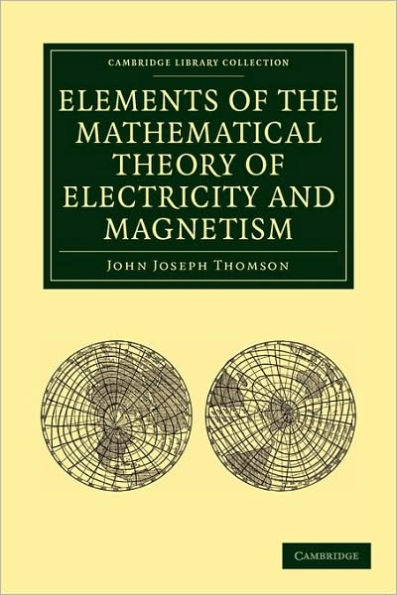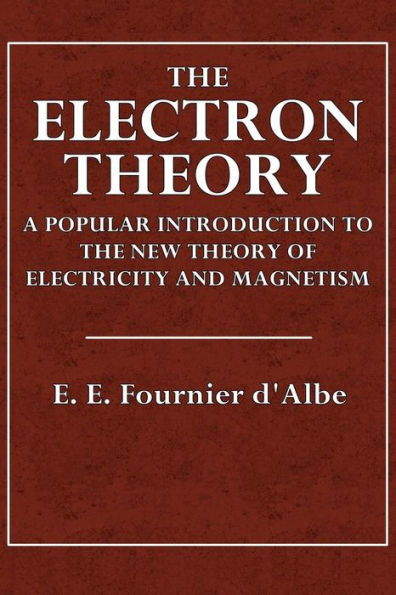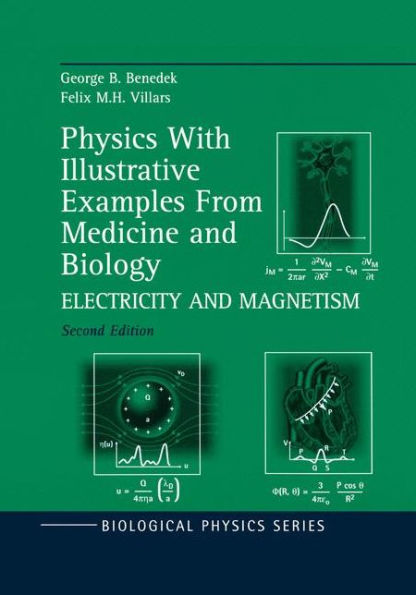Home
Magnetism and Electricity
Barnes and Noble
Magnetism and Electricity
Current price: $8.99
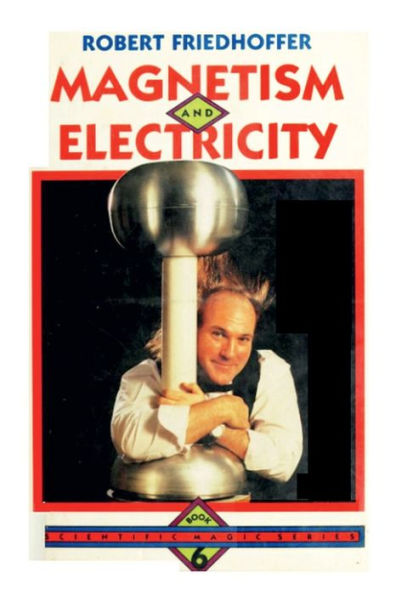

Barnes and Noble
Magnetism and Electricity
Current price: $8.99
Size: OS
Loading Inventory...
*Product information may vary - to confirm product availability, pricing, shipping and return information please contact Barnes and Noble
This sixth volume in a six-volume series of books using magic tricks and activities to illustrate scientific principles features experiments with magnetism and electricity.
Even though this series of six books doesn't have tobe read consecutively, it might help the beginning magical scientist to do so. The basics of physics start in the first book. Each succeeding book builds upon the knowledge of the one before. The tricks, experiments, and betchas are in there to help you have fun and get the most that you possibly can out of each book.
When you perform the experiments, you might want to keep a notebook or diary of all of your results. In keeping the diary, you will be following in the ootsteps of such great scientists of the world as Madame Marie Sklodowska Curie (1867 -1934)radiation; Rosalind Elsie Franklin (1920-1958) DNA; Galilee Galilei (1564-1642)-astronomy, mathematics, and physics; and Albert Einstein
(1879-1955)-theoretical physics.
The tricks are laid out with EFFECT first, to let you have an idea of what the trick is about.
Next comes the PROPS section, so you'll know what "stuff" you need. Then comes the METHOD, or ROUTINE part, which fully explains the workings of the trick. The NOTES that are at the very end of the trick try to tie the scientific principle in with the routine.
If you want to teach the science behind the tricks, you might want to explain the workings of the experiments to your friends. If you want to be a magician, you're better off not telling your friends how the tricks work. If your friends know the secrets to the trick, there is no magic.
To become a magician, you need to know all of the secrets of magic. To learn many of the secrets, you have to know something about science. You'll learn many of the "secrets" of science in this series of books.
Even though this series of six books doesn't have tobe read consecutively, it might help the beginning magical scientist to do so. The basics of physics start in the first book. Each succeeding book builds upon the knowledge of the one before. The tricks, experiments, and betchas are in there to help you have fun and get the most that you possibly can out of each book.
When you perform the experiments, you might want to keep a notebook or diary of all of your results. In keeping the diary, you will be following in the ootsteps of such great scientists of the world as Madame Marie Sklodowska Curie (1867 -1934)radiation; Rosalind Elsie Franklin (1920-1958) DNA; Galilee Galilei (1564-1642)-astronomy, mathematics, and physics; and Albert Einstein
(1879-1955)-theoretical physics.
The tricks are laid out with EFFECT first, to let you have an idea of what the trick is about.
Next comes the PROPS section, so you'll know what "stuff" you need. Then comes the METHOD, or ROUTINE part, which fully explains the workings of the trick. The NOTES that are at the very end of the trick try to tie the scientific principle in with the routine.
If you want to teach the science behind the tricks, you might want to explain the workings of the experiments to your friends. If you want to be a magician, you're better off not telling your friends how the tricks work. If your friends know the secrets to the trick, there is no magic.
To become a magician, you need to know all of the secrets of magic. To learn many of the secrets, you have to know something about science. You'll learn many of the "secrets" of science in this series of books.


